Everyone’s been diversifying their skincare portfolio recently, and you’ve been keeping up. You’ve got the cleanser, the moisturizer, the toner, the serums, and now, after hearing all this buzz about face oil, you’ve decided to invest.
The first step is finding a great moisturizing oil, but even then, you still have to incorporate the said product into your already perfected skincare regime. So, how do you use it, and when? In order to figure them out, it’s important to know what face oil actually is.
#1.) Understand What You’re Working With
Before you can use any product to its fullest potential, it’s important to know what’s going on inside.
At its most stripped-down definition, face oil can help prevent trans-epidermal water loss, which ultimately helps with reducing the appearance of wrinkles or fine lines.
Face oil can sometimes be great on its own, but some oils work better than others — not all face oils are created equally. That said, almost every tool in your beautification toolbox can be further supported by the use of oil. (It’s a team player.)
Take moisturizer, for example.
This product has one main job, to replenish the skin, but it works by using two key elements — water and the water-soluble nutrients it can be packed with, and oil with its own set of oil-soluble nutrients. Water replenishes the skin’s moisture, and oil fights against decreasing moisture. It seems like a small distinction, but it comes with major results.
Think of it as the short-term gratification and the long-term gratification.
Depending on the formula of your moisturizer and how it interacts with your skin, the water can be absorbed much more than the oil, meaning you may not be getting the full benefits.
Water moisturizes the skin, and oil locks in that moisture, helping us feel the product's lasting benefits.
Because of this, using an independent oil is like a backup plan in case the oil in your moisturizer doesn’t pack as hefty a punch. This goal, helping your skin reap a product's full benefits, is also relevant to serums.
When applied after your serum, oil works to not only lock in the moisture again but also serves as a security barrier on your skin, protecting and defending it. It is an astoundingly uplifting product and does lend a hand in every step of your routine, as long as you are using the right type of oil.
#2.) Apply Your Skincare Products in the Correct Order
It’s important that face oil be the last step in your skincare routine before sunscreen. There are several reasons for this.
- First, as experts advise, your product application should go from lightest to heaviest. This is a good general rule of thumb.
- Second, face oil must work equally with all previous products to seal them.
- Third, some of the products, mainly water-based products, can struggle to get past the oil layer to reach the skin.
As we all know, oil and water don’t easily mix, and on our skin, it rings true. Face oil can more easily break through the layer of moisturizer because of its lack of water, but moisturizer can’t break through the oil. It is the great defender, after all.
Our skincare order is important, because you want to get the full benefit out of each of your products. While skincare routines may vary, the standard order of your products can look something like this:
- Cleanser (try our Acqua Serena Micellar Cleansing essence)
- Toner (Acqua Serena Micellar Cleansing essence does double duty)
- Serum (try our Porte Per La Vitalità Face and Eye Serum)
- Eye Cream (try our Visione Di Luce Eye Revitalizing Cream)
- Spot Treatments (optional)
- Moisturizer (try our Perla Brillante Daily Renewal Cream)
- Face Oil (try our Due Alberi Biphase Moisturizing Oil)
- Sunscreen
#3.) Use the Recommended Amount
Be mindful with your application; applying more isn’t better in this case. Face oils ensure you get the bang for your buck as a concentrated substance. Make sure you are measuring out only one dropper-full. If you want more, give your skin a few minutes to soak up the first layer, then double dose yourself. As long as your skin is soaking it up, there’s never too much of this good thing.
#4.) Use a Massaging Motion To Incorporate Face Oil into Skin
We love to take our face oil application to the next level by applying it in peak spa form. Because of the gorgeous texture, oil is the perfect vehicle to treat ourselves to a face massage that benefits microcirculation, amplifies results, and leaves our skin glowing.
Why not? All you need to do to utilize this technique is to warm the drops in your fingertips and target the facial lymphatic pathways using a delicate circular motion. Where are those?
Generally speaking, they are in the area starting from your eye and moving diagonally down toward your jaw and neck.
Start your facial massage at the center of your forehead and work your fingers upward and outward in elongated circles, applying soft pressure, and being extra gentle with the spaces around the eyes.
Always work your fingers out and up, not down, to avoid creating wrinkles. Continue massaging until all the oil has been absorbed if you are running out the door, but if you feel like a masking effect, leave excess product on skin to absorb more slowly as you snuggle in with a good book or your favorite show.
Alongside being a perfect start or end to a day, this massage technique promotes lymphatic drainage, activates the botanical goodness of the oil through heat and pressure, and helps increase skin absorption – you really can have it all.
#5.) Use a Quality, Botanical-Rich Face Oil
If you haven’t found your face oil yet, look no further than the Furtuna Skin Biphase Moisturizing Oil. It is specifically designed to deliver a double dose of hydration and moisture.
The Furtuna Skin Biphase Moisturizing Oil includes our proprietary 360° Exposome Defense™ Complex to defend against digital blue light, UV radiation, and urban air pollution.
Made with 12 wild-foraged plants, hand-picked from the hills of our certified organic farm in Sicily, our formula contains high-quality ingredients to bring you high-quality results. Featuring our Splendore Anchusa™ Complex, it’s clinically proven to block free radical damage by 100%.
Made in Italy, this moisturizing, clean formula combines botanically infused olive oil and nutrient-rich olive leaf water to visibly plump, protect against collagen breakdown, and replenish skin’s moisture barrier to achieve a glowing, supple complexion.
The results speak for themselves:
-
98% agree it nourishes the skin
-
96% agree that it visibly plumps skin with moisture
-
96% agree it leaves skin glowing
-
94% agree it makes skin soft
You can find the Furtuna Skin Biphase Moisturizing Oil reviews and application guide here.
Other Skin Tips To Consider in Your Routine
Listen To Your Skin
It’s always good to be mindful of what our bodies are trying to tell us, and they are always trying to tell us something. Our skin, in particular, is constantly talking to us. When deciding how often to use a face oil, don’t be afraid to use a trial-and-error period, especially if your skin can be delicate.
We suggest using face oil as your routine closer, both morning and night, and keep a close watch to see if your skin agrees.
Apply Even on Oily Skin
Face oil as a concept can be concerning for people with naturally oily skin. It is certainly counterintuitive. Applying oil to an already oily face may seem silly, but it actually makes perfect sense.
Oily skin can often stem from the face’s natural over-production of oil, more specifically, an oil called sebum. The skin initiates this overproduction to attempt to keep more moisture in the skin, thereby compensating for the lack of moisture.
All this goes to say, as much as it is a strange idea, the principles are logical. Your skin wants moisture and sometimes needs it outsourced.
Final Thoughts
To sum it up, adding face oil to your skincare routine can be simple. Apply your regular products (aside from sunscreen and makeup), gently apply after the moisturizing step by utilizing the lymphatic pathway facial massage, and then tack on your SPF or any additional color cosmetic products.
If you commit to making face oil a stapled member of your face care routine, you will be equipping yourself and all your products with a helpful boost.
Sources:
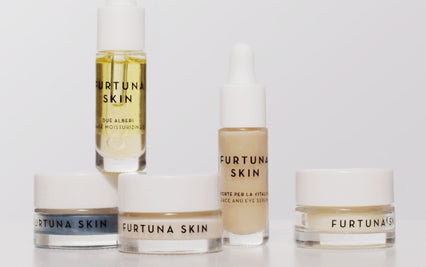
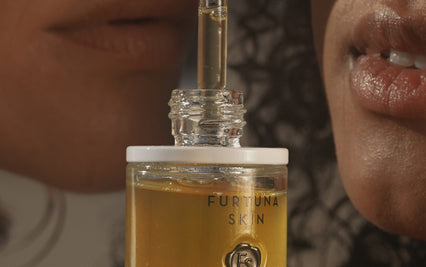
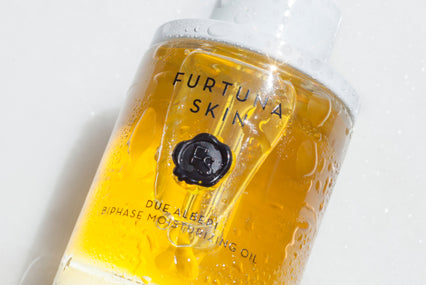
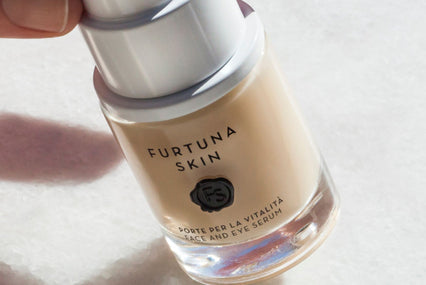
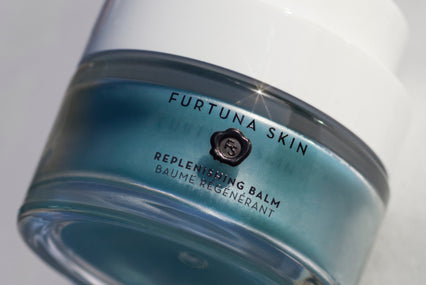
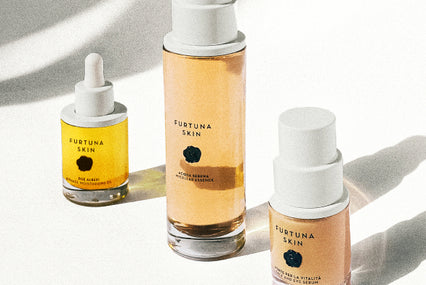






Comment